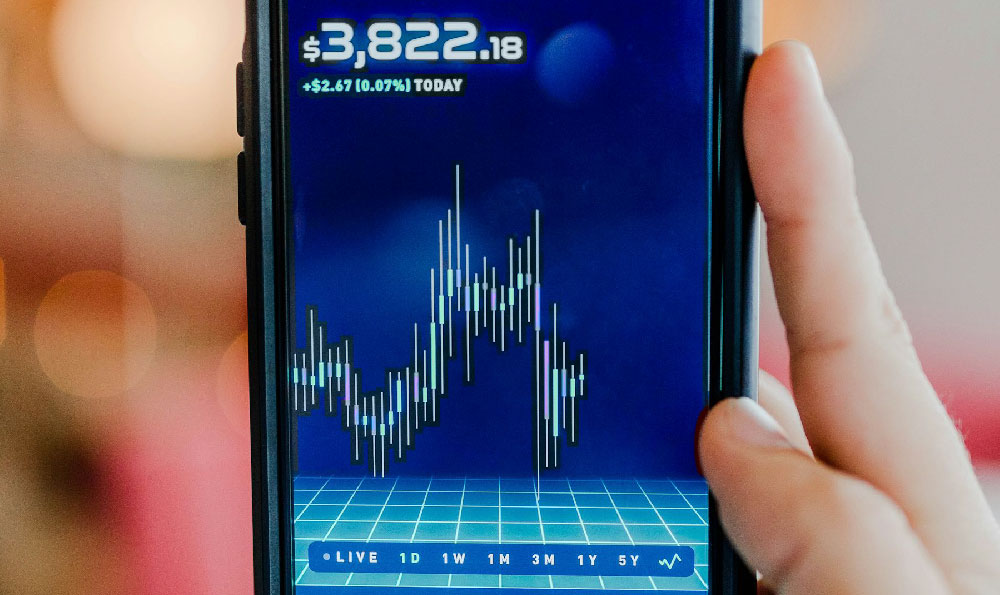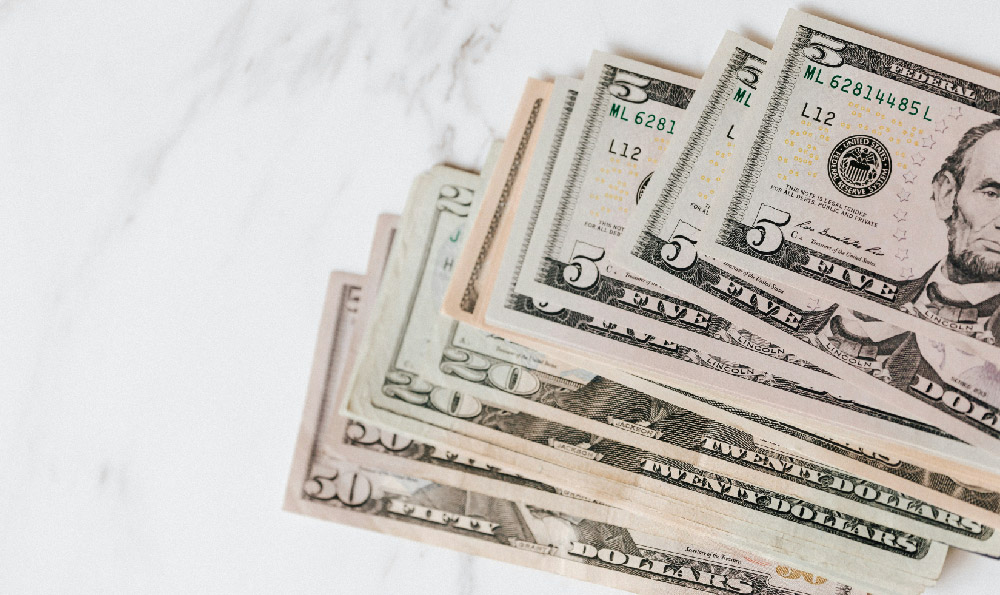Caitlin Clark's name has become synonymous with women's college basketball, and deservedly so. Her dazzling performances on the court have captivated audiences and shattered records, propelling her to national superstardom. This newfound fame has, in turn, translated into lucrative Name, Image, and Likeness (NIL) deals, allowing her to capitalize financially on her athletic prowess and personal brand. But the question remains: how much is she actually making, and is it truly "enough" in the grand scheme of her career and potential?
Estimates of Clark's NIL earnings vary, but the consensus places her among the highest-paid college athletes. Sources generally agree that she's pulling in well over $1 million annually. This staggering sum stems from a diverse portfolio of endorsements and partnerships with prominent brands. She's partnered with companies like Nike, Gatorade, State Farm, and Hy-Vee, each agreement contributing significantly to her financial gains. These deals go beyond simple endorsements; they often involve commercials, social media promotions, personal appearances, and even signature merchandise. Clark's marketability is undeniable; she's not just a basketball player, she's a role model, an icon, and a symbol of female empowerment in sports.
To assess whether this income is "enough," we need to consider several factors. First, let's acknowledge that for a 22-year-old college student, earning over a million dollars a year is an extraordinary accomplishment. It provides her with financial security, allows her to invest in her future, and offers opportunities that most of her peers can only dream of. In that context, it's undoubtedly a substantial amount of money.

However, the "enough" question takes on a different dimension when we consider Clark's long-term potential and the larger economics of professional sports. While NIL deals provide immediate financial rewards, they are fundamentally different from professional contracts. Professional athletes, especially those in leagues like the WNBA, often negotiate multi-million dollar contracts with teams, along with additional endorsement deals. The earning potential in the professional sphere can be exponentially higher than what's available through NIL.
The WNBA, while growing in popularity, still lags behind the NBA in terms of revenue and player salaries. The current maximum salary in the WNBA hovers around $250,000 per year, a stark contrast to the millions earned by top NBA players. This discrepancy has sparked debates about fair compensation for female athletes and the need for greater investment in women's sports leagues.
Therefore, while Clark's NIL earnings are impressive for a college athlete, they might be viewed as "not enough" when juxtaposed with her potential earning power as a professional. Assuming she enters the WNBA (which is widely expected), she will likely face a significant pay cut compared to her NIL income, at least initially. This is a systemic issue within women's sports, where even the most talented and marketable athletes often struggle to earn the same levels of compensation as their male counterparts.
Furthermore, the value of NIL deals extends beyond immediate monetary gain. They provide athletes with valuable experience in managing their finances, building their personal brands, and negotiating contracts. These skills are crucial for navigating the complexities of the professional sports world and ensuring long-term financial success. Clark's experience with NIL will undoubtedly give her a head start in securing lucrative endorsement deals once she turns pro. She already has established relationships with major brands, a powerful platform on social media, and a proven track record of generating positive publicity.
Ultimately, whether Clark's NIL earnings are "enough" is a subjective question. In terms of immediate financial benefits, she's clearly doing exceptionally well. However, the long-term implications are more nuanced. The WNBA salary structure means she'll likely earn less in her first few years as a professional than she did in college, highlighting the ongoing challenges faced by female athletes in achieving equal pay.
The most important factor, though, is not just the amount of money she's currently making, but how she manages it. Smart investments, careful budgeting, and a strong support team can ensure that her NIL earnings contribute to a secure and prosperous future, even if her initial WNBA salary is relatively modest. The lessons learned from navigating the NIL landscape will undoubtedly prove invaluable as she embarks on her professional career and continues to redefine the landscape of women's basketball. The potential for future earnings, especially if she continues to perform at a high level and advocate for fair compensation in women's sports, remains substantial. She's building a brand that transcends basketball, and that's an investment that will pay dividends for years to come.











